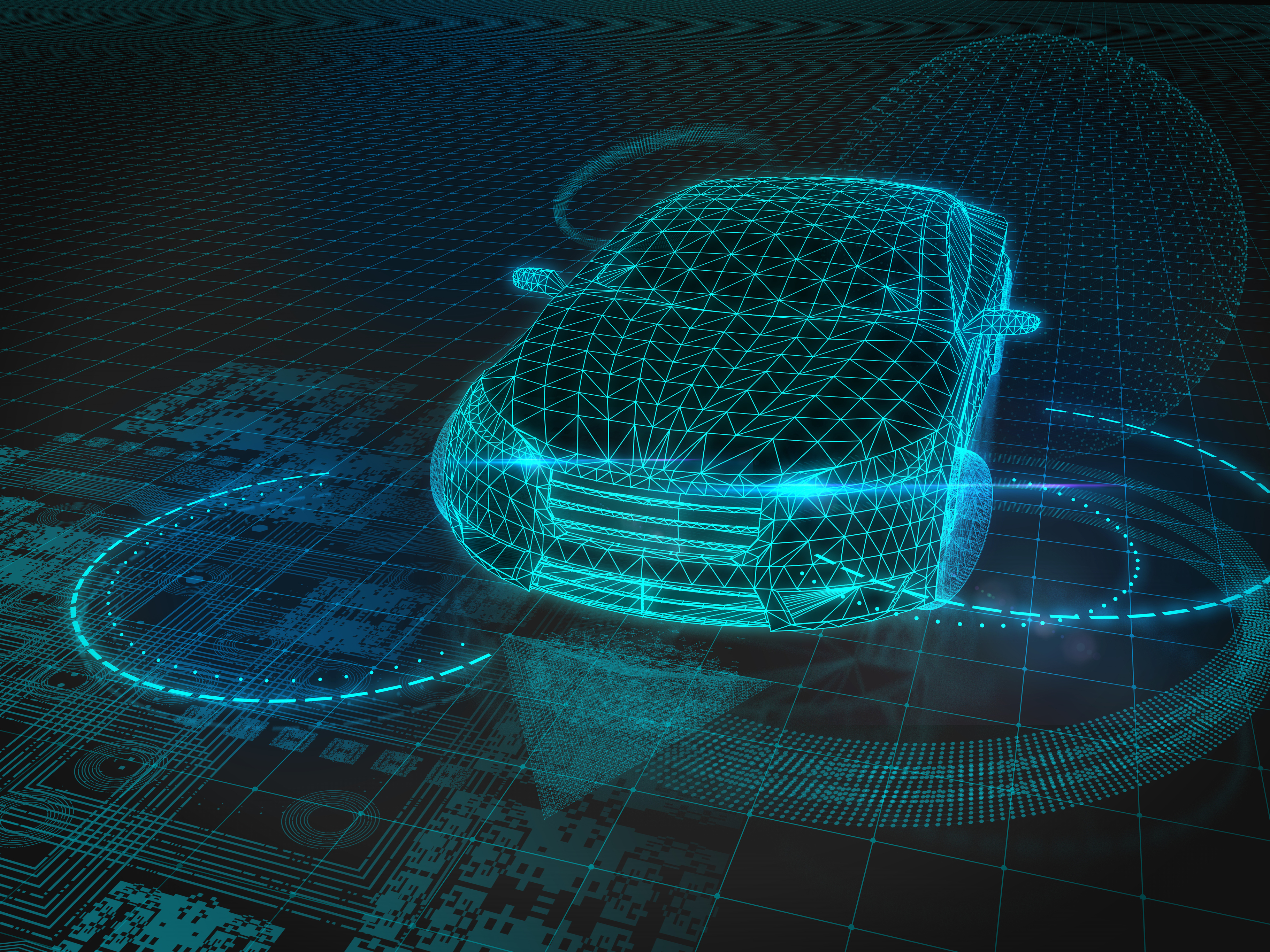January 15, 2018

Though a vehicle's safety sensors are carefully calibrated and programmed to provide drivers with the most responsive security system possible, drivers must still be diligent in caring for their vehicles. During the winter especially, it can be easy for snow and grime to clog up the vulnerable sensor points, resulting in reduced response times and functioning. Fortunately, however, it can be easy for drivers to stay on top of potential problems by checking around their vehicle and keeping an eye on areas prone to collecting wear and grime. When winter rolls around, drivers should keep these sections at the top of their to-do list.
One of the first places that drivers should check is the grille. Many new vehicles have sensors set around the front of the car, and checking this section early can be one of the best ways to stop problems before they start. Adaptive cruise control, FCW, and AEB all rely on sensors located around the front of the grille, so checking there during the winter can be one of the best ways to reduce potential damage to the vehicle.
After checking the grille, spend some time around the windshield. Many modern cars features unique cameras and sensors behind the glass. Check the automatic wipers and make sure that they are kept in good enough shape for regular driving. These sensors can be particularly susceptible to clogging issues because of the wipers' duty. Drivers should check these sensitive sections when driving more often during snowy weather, as they can become serious problem spots in the future.
Checking around the rear body is vital too. Many cars will feature rear body quarter panels that help monitor blind spots and make sure that the driver is able to avoid sudden dangers. These blind-spot monitoring panels also help drivers park on certain models. If drivers do not clean around these areas, they may become compacted and grimey, which can affect the accuracy of the readings. Include them in regular checkups in order to be thorough.
If the vehicle has a rearview camera, it is important to keep up with its cleanliness as often as possible. Winter weather can quickly clog up the camera and make it difficult to calculate routes in reverse. Ice, snow, and salt may become the primary culprits, so drivers should be sure to screen for these common contaminants to avoid issues.
Hello {{User.FirstName}} {{User.LastName}}.
You are logged in with email {{User.Email}}.